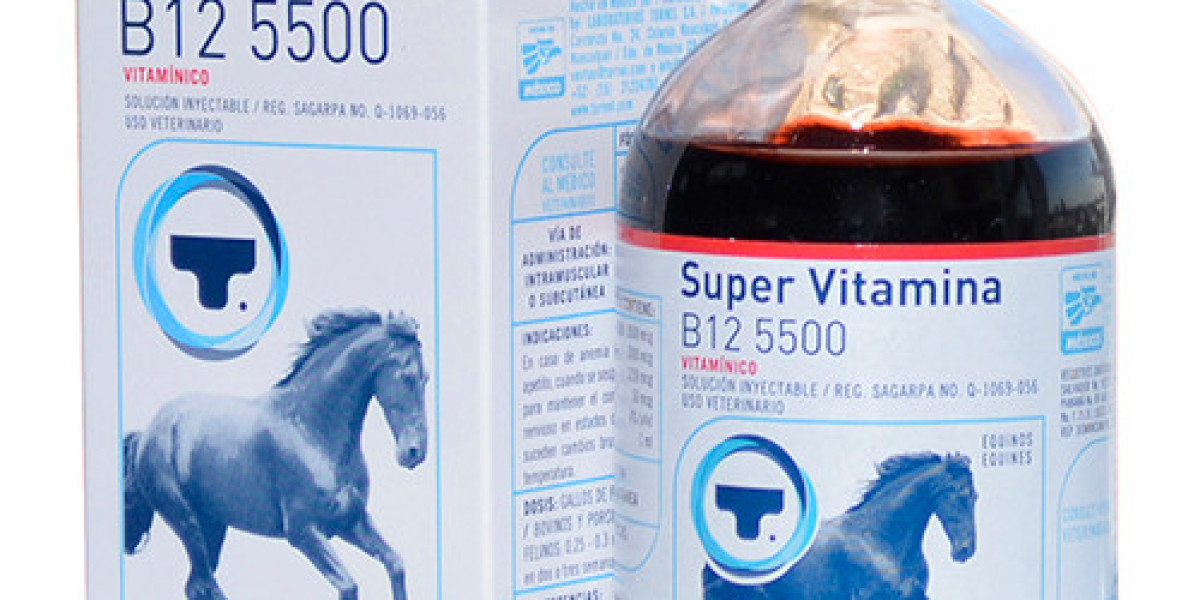India’s rich cultural and spiritual heritage is deeply intertwined with the reverence for Gaumata (Mother Cow). For millennia, cows have been central to rituals, festivals, and daily life, making them symbols of purity, selflessness, and abundance. From providing nutrition to contributing to sustainable agriculture, cows have been celebrated not just for their utility but also for their sacred status in Indian traditions.
This article explores why Mother Cow is regarded as the backbone of our culture and festivals, shedding light on her ecological, spiritual, and cultural significance.
The Cultural Significance of the Cow
The cow has been revered across various civilizations and remains a cornerstone of India’s socio-cultural and religious life. In Hinduism, the cow is seen as an embodiment of motherly love and nourishment. This reverence is evident in ancient scriptures, which refer to cows as Kamadhenu, the divine being that grants all wishes.
The cow’s association with several gods and goddesses—including Krishna, who is often depicted with cows—reflects its integral role in spiritual practice. Beyond mythology, the practical contributions of cows to health, agriculture, and the environment have ensured that they remain at the heart of cultural traditions.
Gaumata in Festivals: The Role of Cows in Indian Celebrations
Cows feature prominently in several Indian festivals, underscoring their spiritual importance and their connection to life-sustaining practices. During key celebrations, rituals involving cows and their products—like milk, ghee, and cow dung—symbolize prosperity, fertility, and ecological balance. Here are some major festivals where cows take center stage:
Govardhan Puja:
As part of the Diwali celebrations, Govardhan Puja marks the worship of Govardhan Hill and cows. Devotees honor Gaumata for her role in sustaining life by feeding cows and making symbolic mounds of cow dung, which represent the Govardhan Hill.Gopashtami:
Gopashtami is dedicated to Lord Krishna's role as a cowherd. On this day, devotees decorate cows with flowers and turmeric, and people pray for prosperity. Feeding cows is seen as a way to receive divine blessings.Makar Sankranti:
During Makar Sankranti, cows are bathed, worshipped, and offered sweets. Their milk is used to make traditional sweets, symbolizing the beginning of an auspicious agricultural season.
These festivals not only reflect spiritual values but also serve as reminders of the cow’s role in agriculture, nutrition, and ecological balance.
Mother Cow: The Foundation of Sustainable Agriculture
In addition to her spiritual importance, the cow plays a vital role in agriculture and rural livelihoods. Cow dung and cow urine, often considered waste in modern economies, are essential components of organic farming.
Natural Fertilizer:
Cow dung is rich in nutrients and used as an organic fertilizer to enhance soil fertility. Unlike chemical fertilizers, it nourishes the soil without harming its natural structure, promoting sustainable farming.Pesticide Alternative:
Cow urine has natural antibacterial properties and is used to make eco-friendly pesticides. This not only protects crops from pests but also reduces soil contamination caused by chemical pesticides.Biogas Production:
Cow dung is used to generate biogas, a renewable source of energy. This eco-friendly fuel provides an alternative to fossil fuels, contributing to energy sustainability.
In traditional Indian society, cows were not seen merely as livestock but as partners in farming and key contributors to rural economies. Even today, Gaushalas (cow shelters) play an important role in promoting organic agriculture and self-sustaining practices.
Ecological Wisdom: Cow Dung and Cow Products in Rituals
One of the most fascinating aspects of Indian culture is the spiritual and ecological significance of cow products. Cow dung, for instance, is used during rituals and festivals for purification and energy balance.
Purification: Cow dung is believed to have antimicrobial properties and is used to coat the walls and floors of homes and temples, keeping the environment clean.
Cow Dung Cakes as Fuel: In rural areas, dried cow dung cakes are used as eco-friendly fuel. Unlike wood, they produce less smoke, helping reduce deforestation and air pollution.
Use in Rituals: During rituals, cow ghee is burned in lamps and yajnas (sacrificial fires), as it is believed to purify the environment and attract positive energies.
These practices illustrate ancient ecological wisdom, emphasizing the importance of natural materials over synthetic ones.
Cows as Symbols of Prosperity and Spirituality
In Indian tradition, cows symbolize wealth, prosperity, and spiritual well-being. This symbolism is deeply embedded in daily life, with cows being seen as bearers of good fortune. For instance, cow ghee is used in pujas to invoke divine blessings, and offering food to cows is considered a meritorious act.
In Ayurveda, the cow’s milk, butter, and ghee are considered essential for health and longevity. This further highlights the cow’s role in both material and spiritual nourishment.
The Role of Gaushalas in Preserving Tradition and Ecology
To ensure the well-being of cows, many communities establish Gaushalas (cow shelters). These shelters protect cows from exploitation and provide them with food, shelter, and medical care.
Gaushalas are also hubs of eco-friendly innovation. They produce natural fertilizers, biogas, and organic medicines from cow dung and urine, promoting sustainable practices. By supporting Gaushalas, individuals contribute to animal welfare and help preserve the ancient traditions associated with Gaumata.
Mother Cow as a Model for Sustainability
The veneration of cows offers valuable lessons for modern society, especially in the face of climate change and resource depletion. The philosophy of selflessness and sustainability embodied by Gaumata can guide us toward a more balanced and conscious lifestyle.
Sustainable Agriculture: Organic farming practices, based on the use of cow dung and urine, help restore soil health and promote biodiversity.
Renewable Energy: The use of cow dung as fuel reduces reliance on fossil fuels and mitigates carbon emissions.
Compassion and Animal Welfare: Festivals that honor cows promote compassionate living and discourage cruelty toward animals.
These traditions are not just relics of the past but guiding principles for sustainable development.
Conclusion: Honoring Mother Cow for a Harmonious Future
Mother Cow, or Gaumata, is much more than a religious symbol—she is the backbone of Indian culture, festivals, and sustainability practices. Her contributions to agriculture, health, spirituality, and ecology continue to inspire people toward compassionate and sustainable living.
Festivals such as Govardhan Puja and Gopashtami remind us to reconnect with nature and honor the resources that sustain life. The ecological wisdom inherent in these traditions offers solutions to some of the most pressing challenges of our time, from climate change to food security.
By recognizing and celebrating the role of Mother Cow in our culture and festivals, we not only preserve ancient traditions but also create a sustainable path for the future. Supporting initiatives like Gaushalas and embracing organic practices rooted in cow-based farming can lead us toward a more balanced, eco-friendly world.
For more insights on the importance of Mother Cow in our cultural practices and festivals, visit the full article here.








